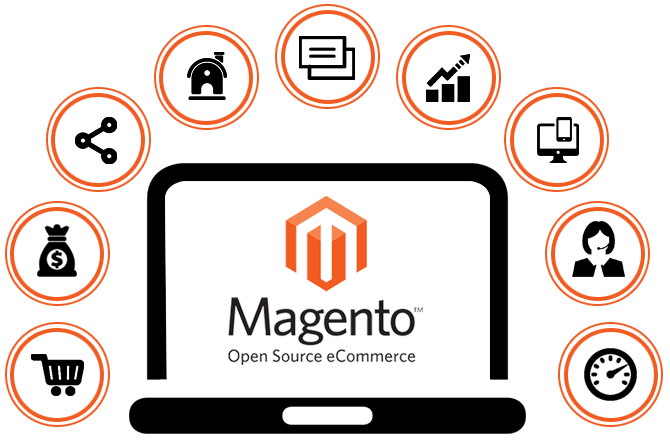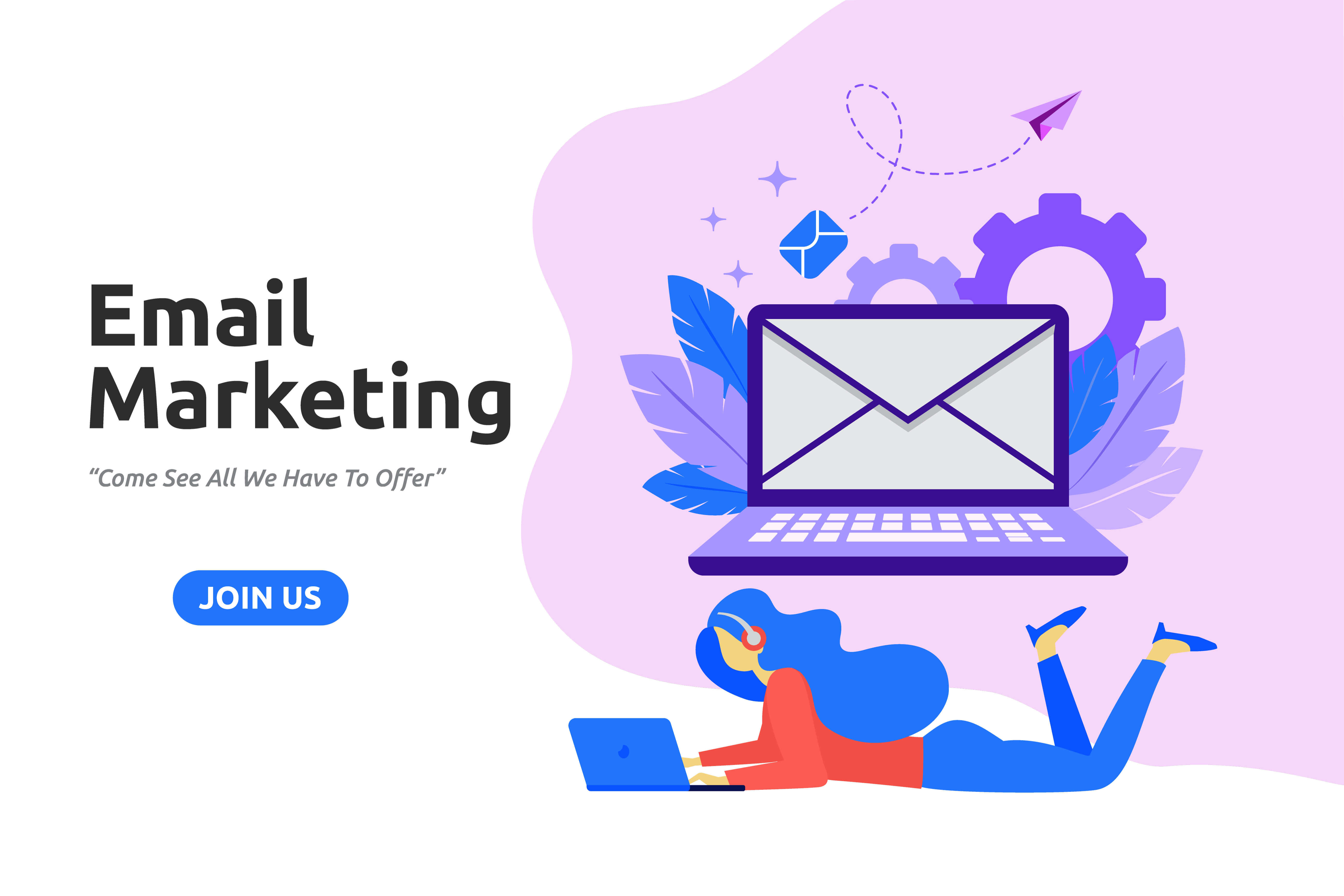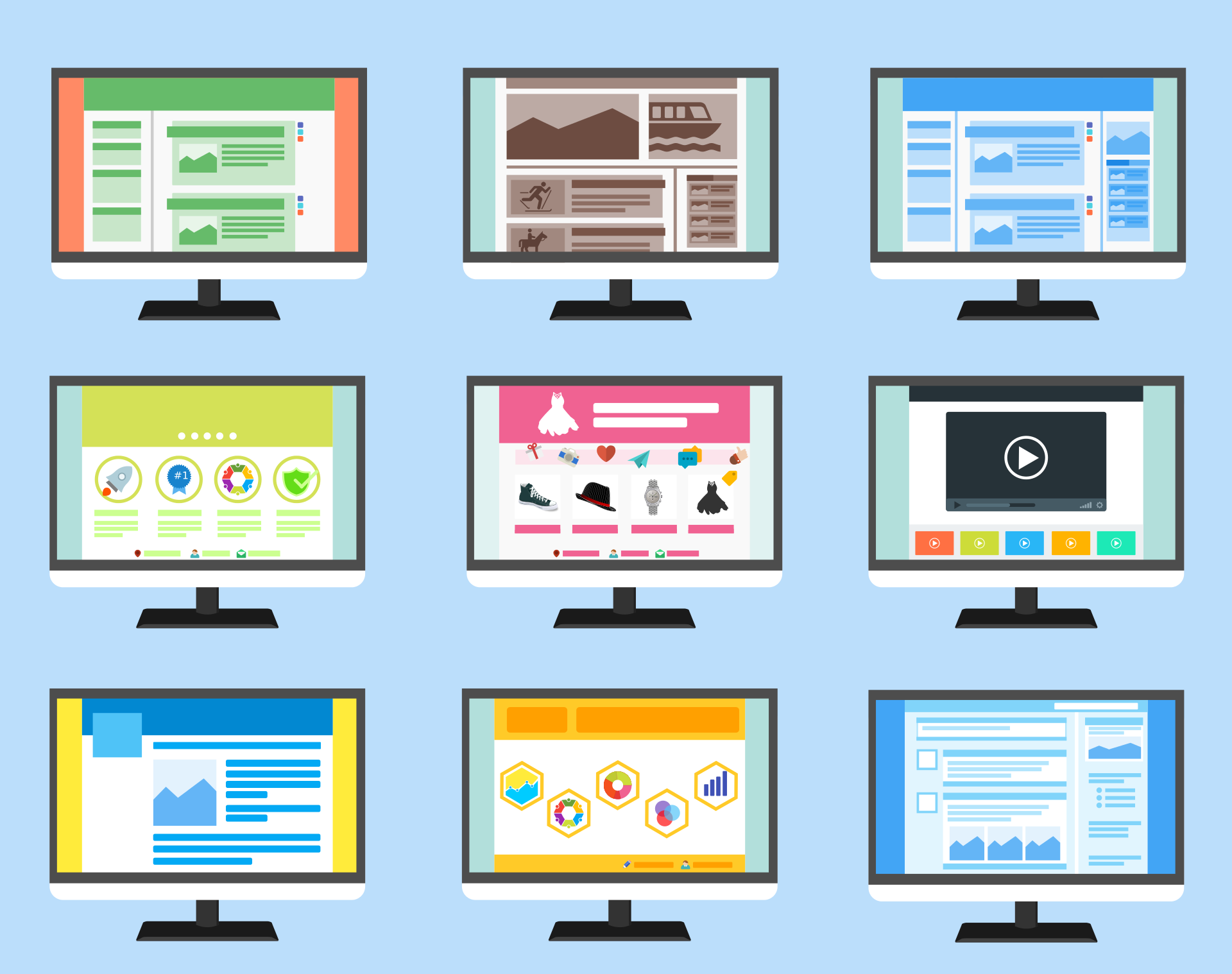There is nothing that drives business success better than social media marketing. With billions of users signed in to different platforms at different times, there is no doubt that reaching your target audience is not a vicious cycle.
However, you might scribble social media at the helm of the list that contains the tools you will use for your digital marketing plans, but you will not get desired results if you don’t do everything right. With a recent study showing that social media referrals contribute to over 30% of a website’s traffic, this calls for you to be armed with the latest tips and techniques that will place you ahead of your rivals.
Have you read an array of blogs, sites, and other sources of information, but you tend not to achieve social media marketing success that you desire? Stop stressing and keep reading! Below are a few social media strategies that nobody will tell you about.
5 Unusual Social Media Tips That No One Will Know About:
1. Write long posts :
Weird, right?
You are used to writing a few sentences that explain your products or services and how to purchase them and you consider your work done, huh? To achieve more success in social media, you need to write longer posts that will give more valuable information to your target audiences.
If the primary social media platform for your business is Twitter that has failed to back down on its 140-character limit, you can use it alongside other platforms such as Facebook and Google+ that allow longer conversations. This way, you will have the capacity to engage more with your audiences.
2. Come up with Facebook groups :
Today, organic search for official pages for brands continue to diminish among users. Therefore, you need to adopt a new strategy if your desire is to remain relevant in your industry. You can do this by creating Facebook pages. With them, group members will be able to receive notifications whenever you update new information.
3. Include a personal touch on your tweets :
With thousands of feeds that continue streaming with no end on tweeter, most of your tweets can go without notice. However, if you customize them with catchy font color and line breaks, you will capture the attention of your audiences. In a bid to break the monotony of short-form messages on this platform, you can include a fun symbol or fun emoji, a small undertaking that can see your brand gain a competitive edge over your competitors.
4. Don’t rely on social media platforms :
Social media users have their personal preferences. Since Facebook recorded a user population of over 2 billion people last year, don’t tend to think that it is the only platform you can easily reach your target audience. No! Signing up for social media is free; hence you should take advantage of this fact and sign up for as many platforms as you can. Then, regularly share valuable information in as many networks as you can. Ultimately, your brand will gain a huge following which will lead to the attainment of your digital marketing goals and objectives.
5. Be Weird!
Yes, social media is not a place to be serious at all times.
Unlike your competitors who will always be super-professional in their marketing bid, try as much as possible to be less formal and humorous. At times, share information that will make your audiences laugh, smile, and/or get inspired. This will make them admire the authenticity of your company, a move that will boost your authority and credibility.
When you implement the unusual techniques mentioned above, be ready for massive social media success that you will only measure using tools such as those found in this.
Read Also :






















